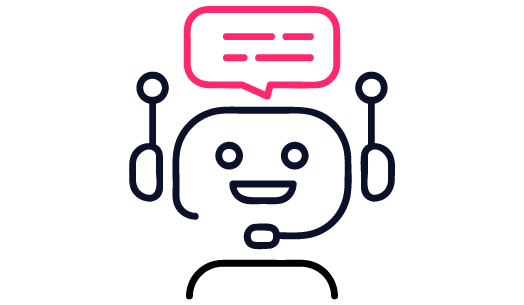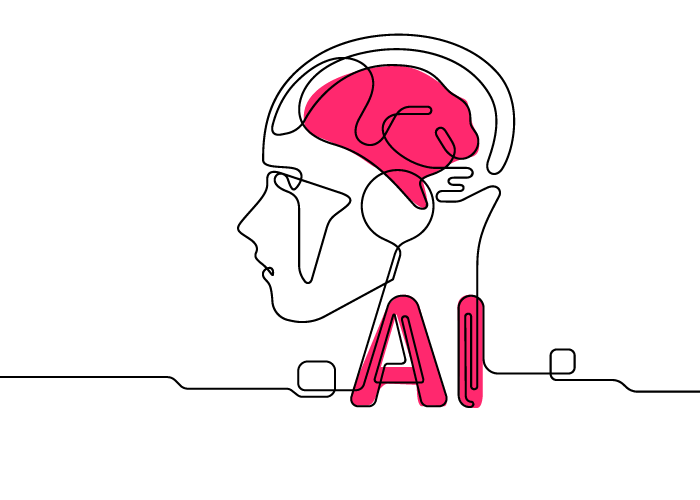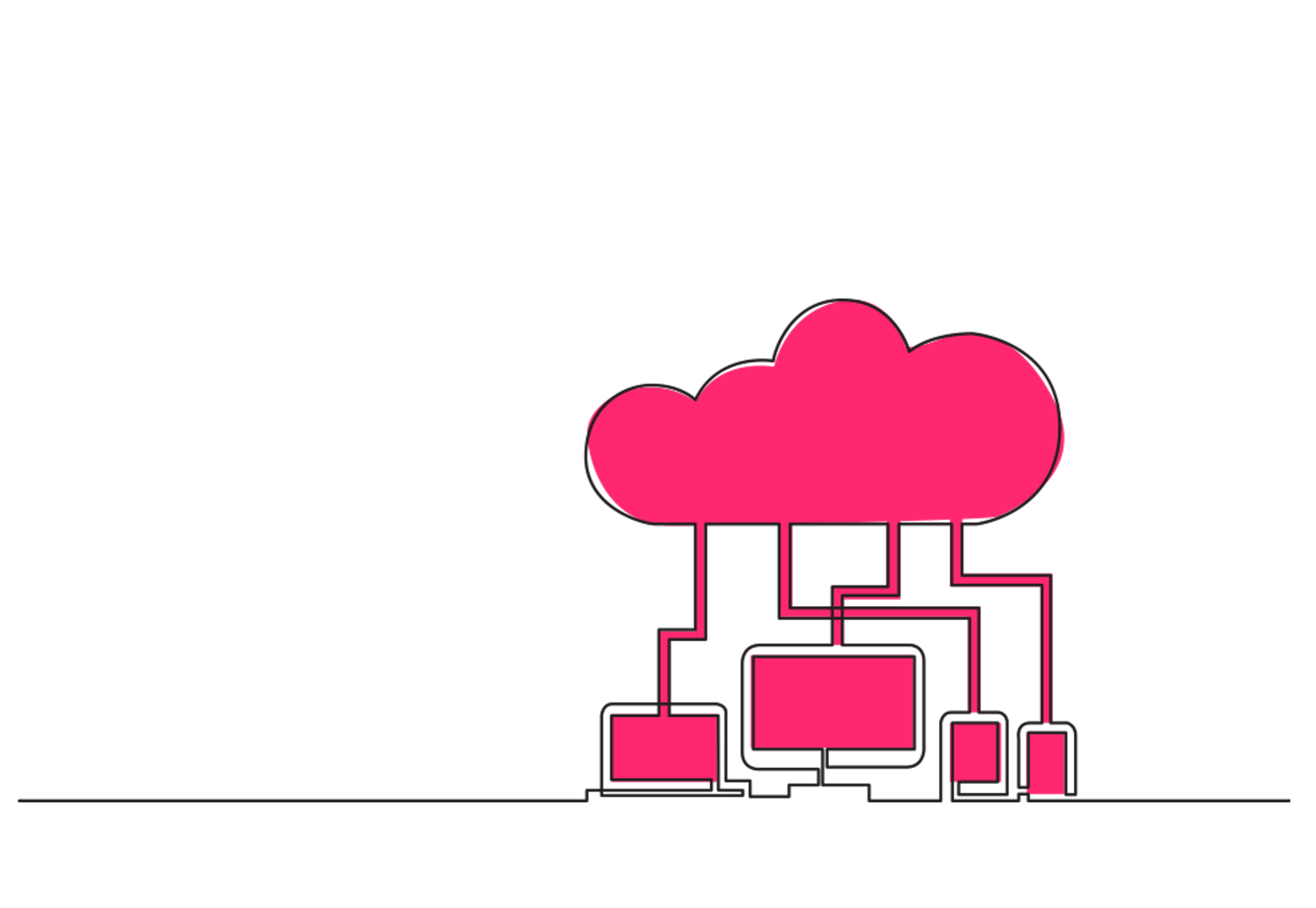The rise of Agentic AI is transforming the analytics landscape, but it comes with an often-overlooked challenge: database strain. Traditionally, operational databases are ring-fenced to prevent unstructured, inefficient queries from affecting critical business functions. However, in a world where AI agents dynamically generate and execute SQL queries to retrieve real-time data, production databases are facing unprecedented pressure.
Additionally, Retrieval-Augmented Generation (RAG), a rapidly emerging AI technique that enhances responses with real-time data, is further intensifying this issue by demanding continuous access to up-to-date information. RAG works by supplementing AI-generated responses with live or external knowledge sources, requiring frequent, real-time queries to ensure accuracy. This puts even more strain on traditional database infrastructures. In my previous blog post, I looked at how Agentic AI will improve the experience for users of the Oracle Analytics ecosystem.
This blog explores the risks of this architectural shift where AI Agents are in opposition with the traditional RDBMS architecture, why traditional solutions such as database cloning fall short, and how modern data architectures like data lakehouses and innovative storage solutions can help mitigate these challenges. Additionally, we examine the implications for the Oracle Analytics platform, where these changes could impact both data accessibility and performance.
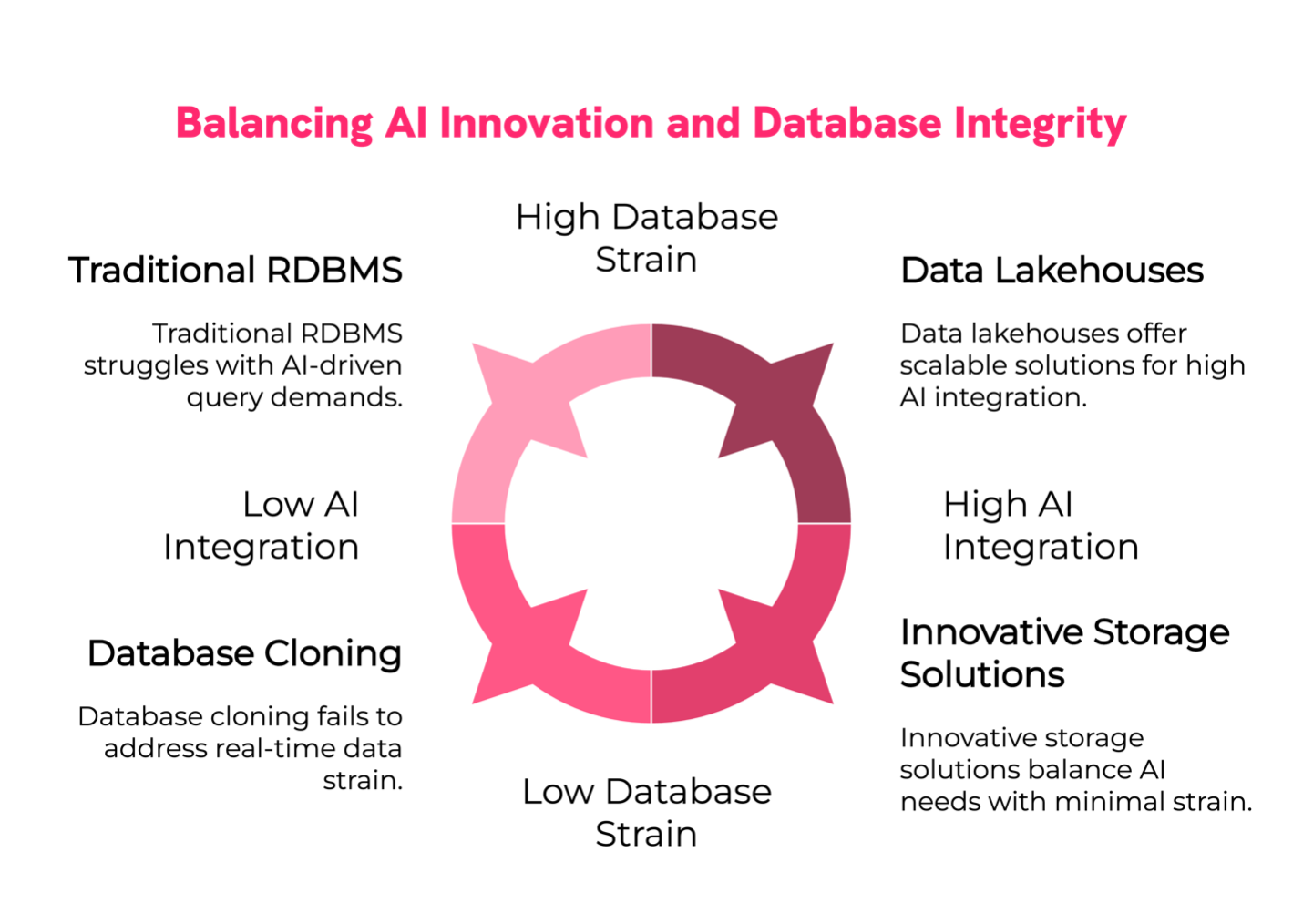
The Problem: AI Agents, RAG & Uncontrolled Query Load
A well-managed production database is typically shielded from unpredictable query loads. Database administrators ensure that only structured, optimized workloads access production systems to avoid performance degradation. But with Agentic AI and RAG, that fundamental principle is breaking down.
Instead of a few human analysts running queries, organizations may now have dozens or even hundreds of AI agents autonomously executing SQL queries in real time. These queries are often:
- Ad hoc and unpredictable, making performance tuning difficult
- Highly frequent, since AI agents are designed to work autonomously
- Complex and computationally expensive, often scanning large datasets
This creates significant challenges for traditional RDBMS architectures, which were not designed to handle the scale and unpredictability of AI-driven workloads. With Retrieval-Augmented Generation (RAG) in particular, AI models require frequent access to real-time data to enhance their outputs, placing additional stress on transactional databases. Since these databases were optimised for structured queries and controlled access, the introduction of AI-driven workloads risks causing slowdowns, performance degradation, and even system failures.
For users of Oracle Analytics, this shift presents serious performance implications. If production databases are overwhelmed by AI-driven queries, query response times increase, dashboards lag, and real-time insights become unreliable. Additionally, Oracle Analytics’ AI Assistant, Contextual Insights, and Auto Insights features, which rely on efficient access to data sources, could suffer from delays or inaccuracies due to excessive load on transactional systems.
To mitigate this, organizations must rethink their database strategies, ensuring that AI workloads are governed, optimized, and properly distributed across more scalable architectures.
The Traditional Approach: Cloning Production Data
One way that organizations have attempted to address this issue is by cloning production databaseson a daily or weekly basis to offload AI-driven queries. However, this approach presents several major drawbacks:
- Clones are not real-time– Since they are refreshed periodically, they lack the latest data required for up-to-the-minute AI-driven insights.
- Cloud clones are expensive– Storage and compute costs for cloud-based clones can be prohibitively high, making large-scale adoption unsustainable.
- Complexity & Latency– Maintaining and synchronizing clones across multiple environments increases operational overhead and slows down analytics workflows.
- Doesn’t scale with RAG demands– Since RAG requires real-time retrieval of data to generate accurate responses, stale clones fail to meet its needs.
For AI-driven analytics, relying on periodic database clones leads to significant inefficiencies. Since AI agents require access to up-to-date, contextual information, working with outdated data introduces data integrity risks and lowers the effectiveness of AI-generated insights. Additionally, managing and maintaining multiple clones across different environments adds a significant administrative burden, requiring additional governance, access control, and monitoring.
For Oracle Analytics users, these challenges could lead to outdated insights, reduced trust in AI-generated recommendations, and a poor user experience due to lagging or inconsistent data. Given these drawbacks, it’s clear that cloning is not a viable long-term solution for handling the database demands of Agentic AI.
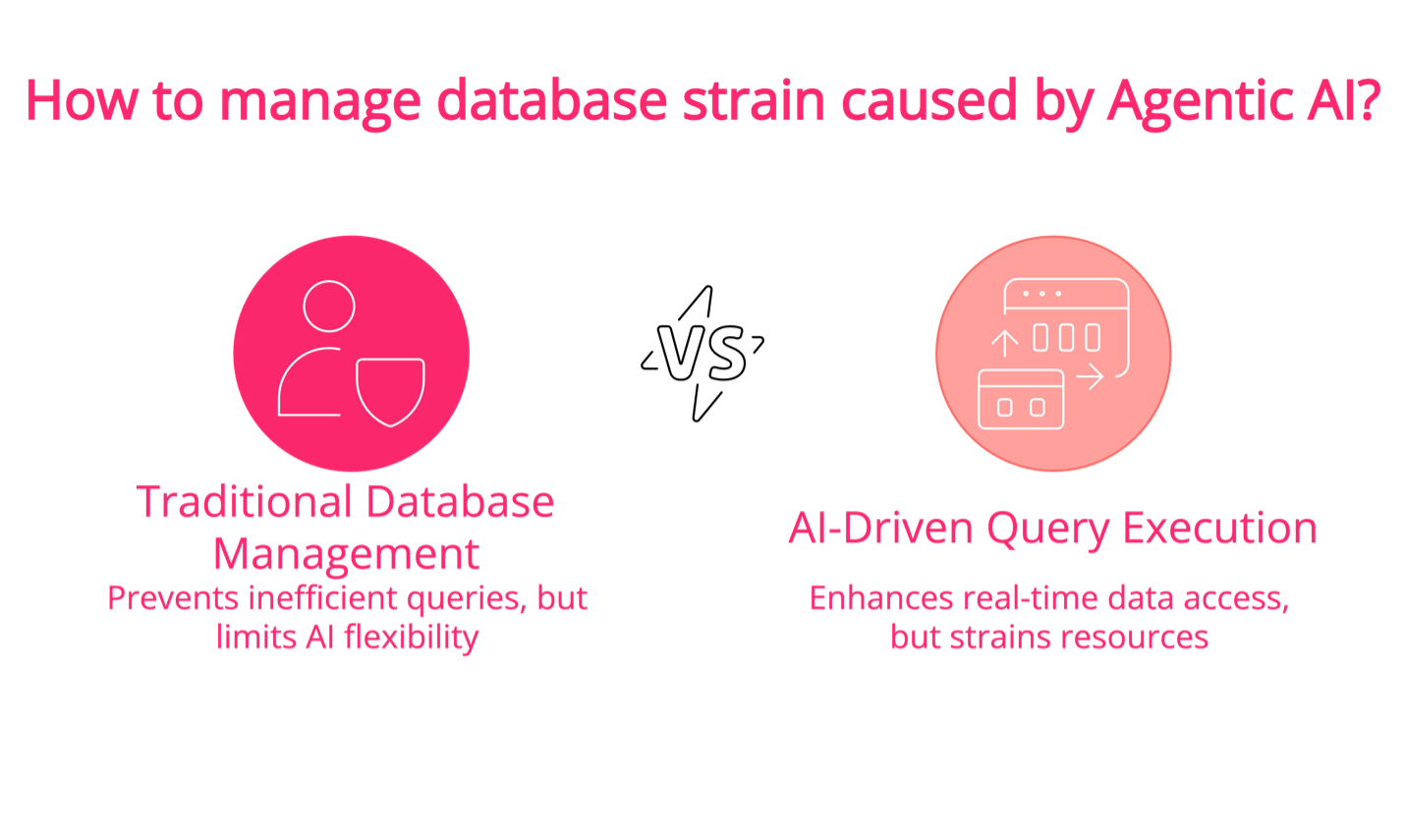
A Shift in Data Architecture: Data Lakes & Lakehouses
Instead of relying on traditional RDBMS architectures, organizations are increasingly adopting data lakes and lakehouses to support AI-driven analytics. These architectures offer several key advantages:
- Decoupled storage and compute – Unlike traditional databases, lakehouses allow AI agents to access structured and unstructured data without directly querying transactional systems.
- Scalability – Cloud-based lakehouses scale seamlessly with AI workloads, reducing the risk of database bottlenecks.
- Cost-effectiveness – By storing data in low-cost cloud object storage, lakehouses significantly reduce the expenses associated with cloning full databases.
However, while lakehouses present an effective alternative, the migration from a traditional RDBMS to a lakehouse architecture is not without its challenges. The shift requires significant investment in re-architecting data pipelines, ensuring data governance, and retraining teams to work with new query engines and tools. Moreover, performance tuning for structured transactional data in a lakehouse can be complex compared to optimized RDBMS queries, which may lead to initial adoption friction.
For users of Oracle Analytics, this shift could mean that existing reports and dashboards need to be refactored to work efficiently with a lakehouse structure, adding additional effort and complexity.
Silk: A Smarter Solution for AI-Driven Workloads
Organizations looking to address the production database bottleneck without the drawbacks of traditional cloning can leverage Silk’s high-performance data platform. Silk provides a virtualized, ultra-fast data layer that seamlessly integrates with your existing environment, enabling efficient and real-time replication without sacrificing performance or scalability.
Some of the benefits organizations can achieve with Silk include:
- Real-Time Data Replication: Silk enables instant, low-overhead data replicas that provide up-to-date information for AI workloads without introducing latency.
- Optimized Query Performance: By offloading and accelerating AI-driven queries through intelligent caching, Silk ensures that production systems remain performant, even during peak workloads.
- Reduced Costs: Silk’s platform eliminates the need for frequent full database clones, significantly reducing storage and compute expenses associated with cloud-based replicas.
- Seamless Integration: Silk’s solution works with existing RDBMS and Oracle Analytics environments, ensuring a smooth transition with minimal operational disruption.
For Oracle Analytics users, integrating Silk allows for real-time insights without overloading production databases. Dashboards and reports remain fast and responsive, enabling data-driven decisions powered by AI without compromise. Silk’s advanced caching and virtualized storage technologies offer the scalability and efficiency that modern AI workloads demand.
Preparing for the Future of AI-Driven Analytics
Agentic AI and RAG are here to stay, and with them comes a fundamental shift in how data is accessed and managed. However, blindly allowing AI-driven queries to run against production databases is not a sustainable solution.
To support the evolving demands of AI, organizations must modernize their data strategies by:
- Shifting AI workloads to scalable architectureslike data lakehouses
- Implementing AI query governanceto optimize performance
- Leveraging advanced solutions like Silk to mitigate traditional RDBMS bottlenecks
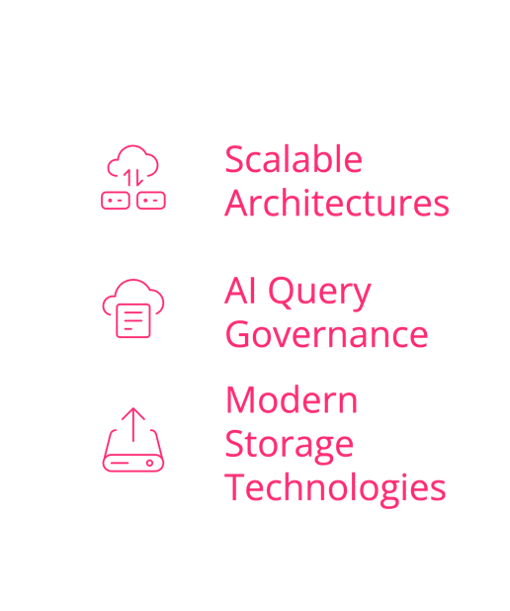
For Oracle Analytics users, this shift will require rethinking how data is stored, accessed, and processed to ensure that the platform continues to deliver timely insights without compromising performance. The key takeaway? Traditional database architectures were not designed for AI-driven workloads. To fully embrace the potential of Agentic AI and RAG, organizations must rethink their data foundations—or risk being left behind.
Ready to Boost Your AI Innovation?
Discover how leading organizations like PTC, Sentara Health, and Franciscan Healthcare are using Silk and Microsoft to forward their AI business goals.
Let's See What They're Doing!

